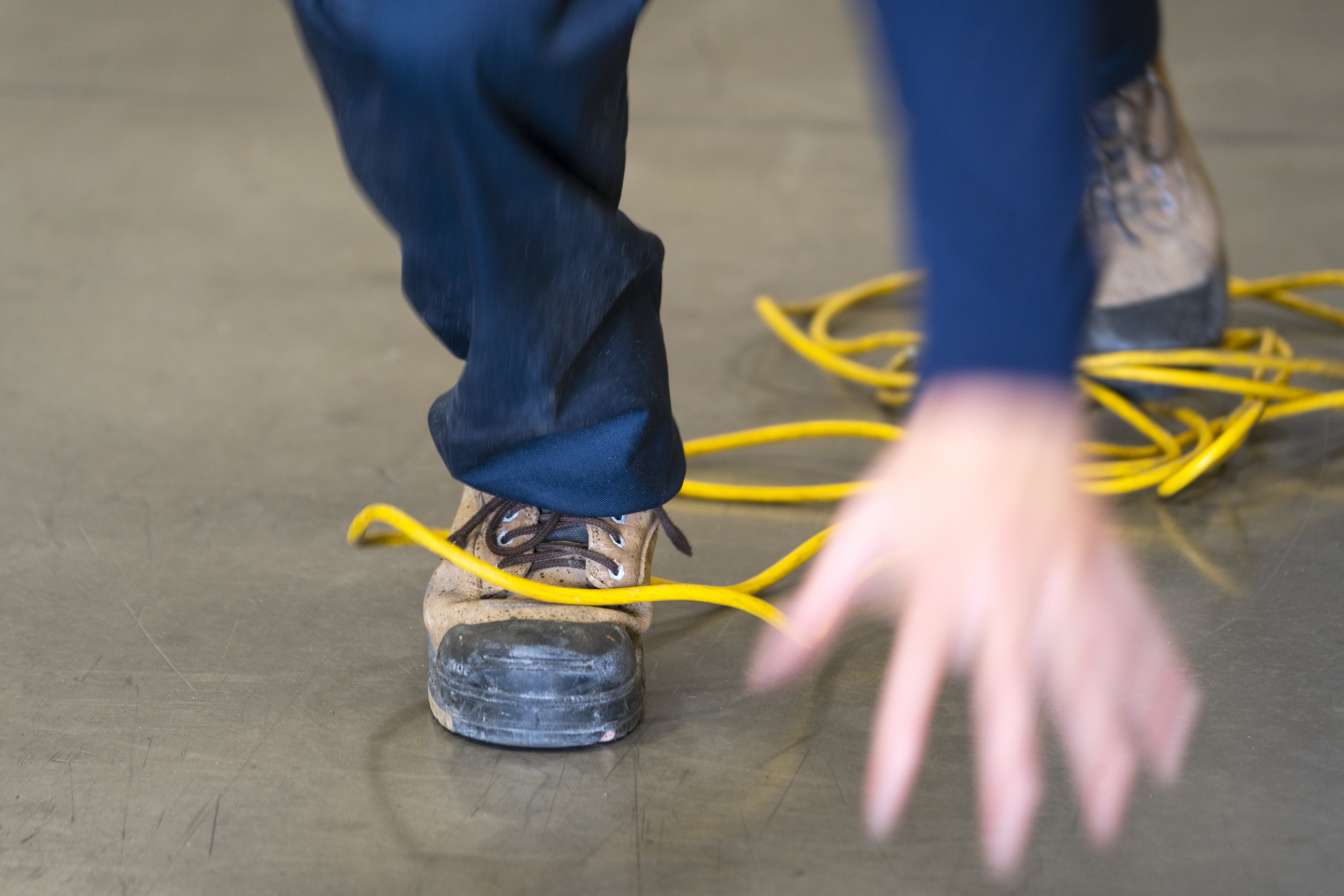Effective accident and injury tracking isn’t just about maintaining spreadsheets—it’s about creating a comprehensive system that helps prevent future incidents and protects your employees and business. For dealerships, this critical safety component requires both cultural buy-in and proper tools to be successful.

Building a Culture of Reporting
The first hurdle in accident and injury tracking is getting employees to report incidents in the first place. This includes not just major accidents, but also near-misses and minor incidents that could signal bigger problems. When an employee says, “I pinched my finger, we should look at this equipment,” they’re not just reporting an injury—they’re helping prevent the next person from experiencing the same thing.
Creating an environment where employees feel comfortable reporting incidents starts with proper training. Emergency action planning and safety training should explicitly cover reporting requirements and emphasize the importance of speaking up about safety concerns. Remember: if employees don’t know they need to report incidents, they won’t do it. If a back injury were to happen, wouldn’t you rather the employee report it immediately so care can be given instead of the employee reporting that their personal doctor has restricted them from working due to a back injury sustained at work from weeks ago?
The direct and indirect costs of a workplace injury or illness can have a significant impact on a dealer's bottom line. Download this guide and save your dealership millions.
The Hidden Costs of Poor Tracking
Many organizations don’t realize the financial impact of inadequate accident and injury tracking until it’s too late. Consider this scenario: your organization experiences ten back injuries in one year. Without proper tracking and analysis, you might miss the pattern until your workers’ compensation rates skyrocket.
Effective tracking helps you:
- Identify recurring injuries
- Conduct thorough root cause analysis
- Support your relationship with workers’ comp carriers
- Prevent similar incidents from happening again
Insurance carriers don’t want to see the same claims repeatedly, especially with the same root cause. Good tracking and analysis can help you break the cycle of recurring incidents.
Compliance Requirements
For dealerships, accident and injury tracking isn’t just good practice—it’s a legal requirement. You must maintain OSHA 300 logs to track workplace injuries, and you may need to provide this data to the Bureau of Labor Statistics upon request. For larger operations with more than 250 employees, additional reporting requirements apply.
These obligations exist to ensure workplace safety and gather important statistical data about industry-wide safety trends. Meeting these requirements while maintaining useful internal tracking can be challenging without the right tools.
The Problem with Manual Tracking
Many dealerships still rely on Excel spreadsheets or paper records to track incidents. While this might seem cost-effective, manual tracking creates several challenges:
- Difficulty identifying trends across multiple incidents
- Time-consuming data entry and management
- Limited analysis capabilities
- Increased risk of missing important patterns
- Challenges in generating required reports
The Power of Software Solutions
Modern accident and injury tracking software can transform your safety program. With the right system, you can:
- Easily identify trends and patterns
- Drill down into specific departments or incident types
- Generate required compliance reports automatically
- Conduct thorough root cause analysis
- Take proactive action to prevent future incidents

For example, if your software shows ten left-hand finger lacerations in the past 18 months, all in the same department, you can quickly organize a safety stand-down, conduct focused training, and work with employees to identify and address the root cause.
Taking Action on Your Data
The true value of accident and injury tracking comes from using the data to drive improvement. When you spot a trend, you can:
- Conduct targeted safety assessments
- Implement specific preventive measures
- Develop focused training programs
- Engage employees in finding solutions
- Monitor the effectiveness of your interventions
By making data-driven decisions about safety, you can create more effective prevention programs and demonstrate the value of your safety initiatives to management.
Keeping Your Employees Safe
Remember: the goal of accident and injury tracking isn’t just compliance—it’s sending employees home in the same condition they arrived. By implementing robust tracking systems and creating a culture that encourages reporting, you’re taking an essential step toward protecting your most valuable asset: your people.
Complete Dealership Compliance from KPA
Keep your dealership safe from environmental factors that impact your workers’ and customers’ safety. KPA helps auto dealers maintain cultures of safety, streamline operations, and manage risk through a robust set of tools that includes a combination of consulting, training, and regulatory content.
Next Week, Let’s Look at Regulatory Reporting
Join us as we break down the essential steps every dealership must take to build and maintain a successful safety program. If you haven’t already, subscribe to our blog for weekly installments of the 10 steps to complete compliance.
Follow a 10-step journey to compliance.
Move your mouse over each step to learn more about each step.
Related Content
Explore more comprehensive articles, specialized guides, and insightful interviews selected, offering fresh insights, data-driven analysis, and expert perspectives.
